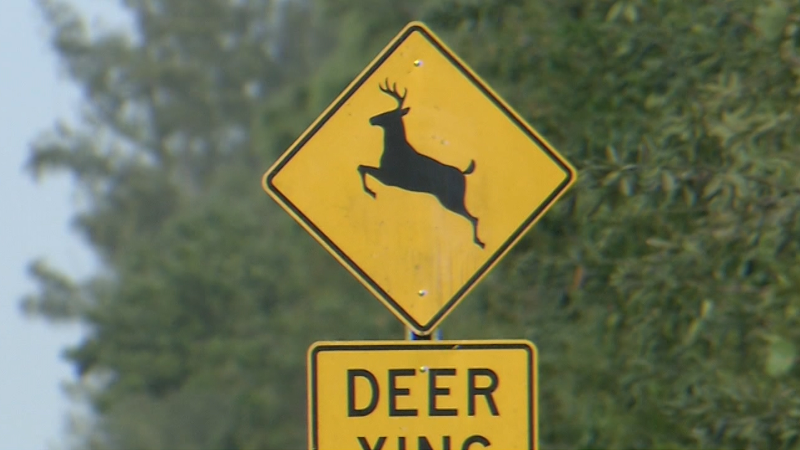The Strongest Storm To Ever Strike California?
UPDATE 1/22 6 AM PT: San Francisco bottomed out at 28.88", just short of their all-time record. They were the only city to not break their all-time lowest pressure record this week. San Jose did fall to 28.85" though since we don't have previous records for that city, I don't think we can technically say that they tied the state record. Chris Burt points out that pressure records have been set all over the Southwest and this could be the day with the most pressure records set nationally, but we have no way to confirm that. Here's a final (?) update on the "Greatest Hits" from this storm in California (see yesterday's blog for details and runners-up):
Highest Snowfall: 94 Inches (Boreal Ski Resort)Highest Wind Gusts: 122 mph (Mammoth Mountain)Lowest Pressure On Land: 28.85" (San Jose)Lowest Pressure Over Water: 28.78" (Buoy #46089)Tornado/Funnel Cloud/Waterspout Reports: 8 (6 Unique)Largest Hail: 1 Inch (Morgan Hill)Highest Wave Offshore: 29.9 Feet Buoy #42614Highest Wave Onshore: 15 Feet (Pacific Beach)
Here are some photos from our Fans and a graph of the high winds at Mammoth.

ORIGINAL BLOG: The meteorological way to gauge the "strength" of storms is to use their lowest atmospheric pressure. By this measure, the storm currently approaching the central California coast is close to being the strongest storm to ever hit the state. The state's pressure record is 28.85 inches of mercury at San Francisco, set by another winter storm in January nearly 100 years ago. Currently (noon PT) the pressure there is 29.94 and dropping rapidly. Offshore, a buoy has measured 28.78. All-time lowest pressure records have already been broken on a city basis in Eureka, Fresno, and Bakersfield, Los Angeles, and San Diego.
There are a couple interesting things to note on this afternoon's NASA satellite images. First, look how wound-up the low pressure system off of Washington State is:

Then compare that to the large sprawling low pressure system is that's coming into central California. It's tail clouds extend all the way to Hawaii (the "Pineapple Connection" describes moisture that stretches from Hawaii to California and brings storms like these). Behind the tail is a massive region of cold air causing buttermilk clouds over the Pacific. As that region moves inland, those buttermilk clouds will turn into thunderstorms that could drop hail and more tornadoes.

I am continuing to update the snow totals in the California mountains on yesterday's blog entry - they are now as high as 79 inches. The 122-mph wind gust reading from Tuesday still stands. Rain has exceeded a foot in some locations.
Report a Typo















